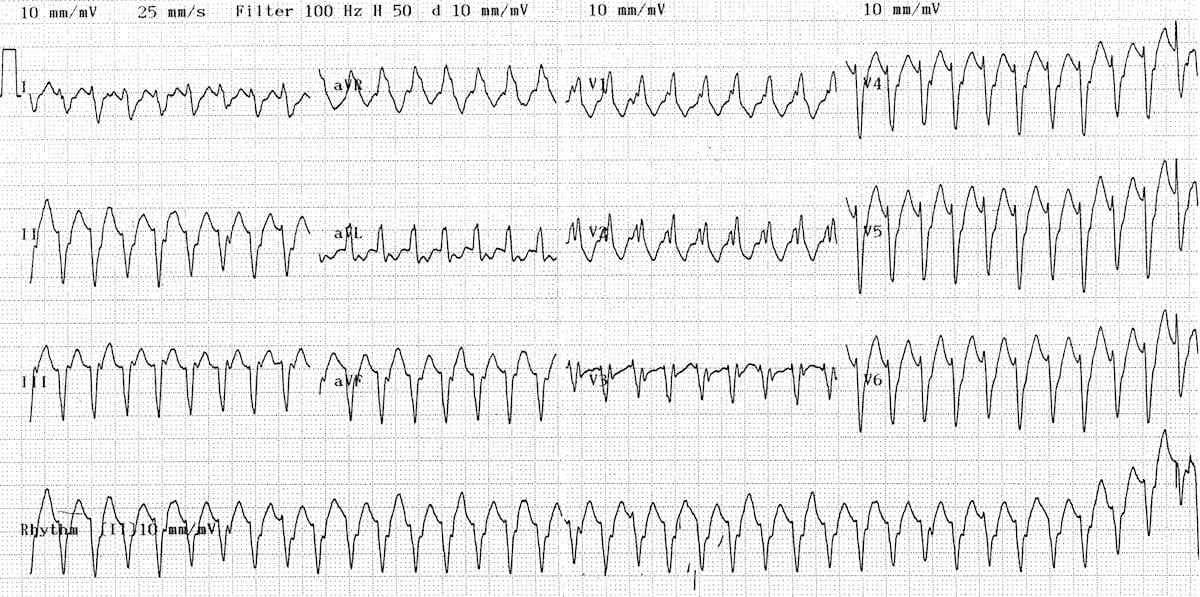Anesthetic Care for Cesarean Delivery keywords:anesthesia, cesarean delivery, obstetric anesthesia, pain management, epidural, spinal anesthesia, maternal safety, perioperative care, anesthetic techniques, childbirth This article is based on "Practice Guidelines for Obstetric Anesthesia. An Updated Report by the American Society of Anesthesiologists Task Force on Obstetric Anesthesia and the Society for Obstetric Anesthesia and Perinatology". The decision to use a particular anesthetic technique for cesarean delivery should be individualized, based on anesthetic, obstetric, or fetal risk factors (e.g., elective vs. emergency), the preferences of the patient, and the judgment of the anesthesiologist. Uterine displacement (usually left displacement) should be maintained until delivery regardless of the anesthetic technique used. ( effective approach to managing hypotension as it helps in directly relieving the aortocaval compression ) Con...



















